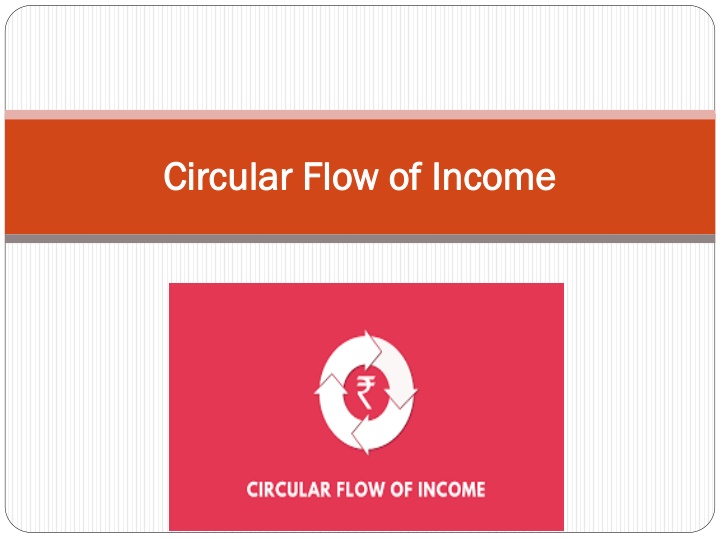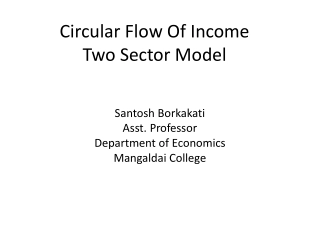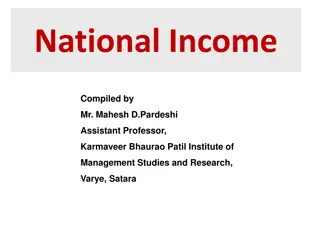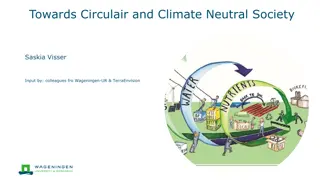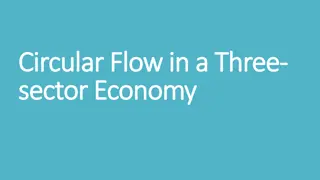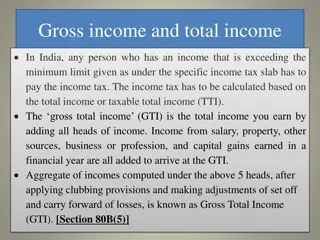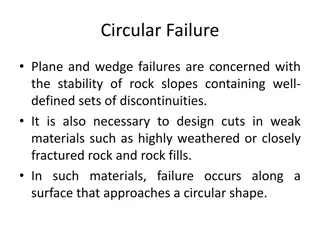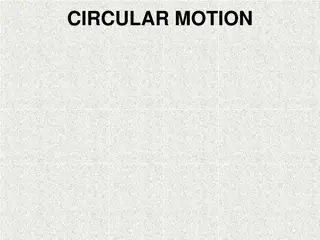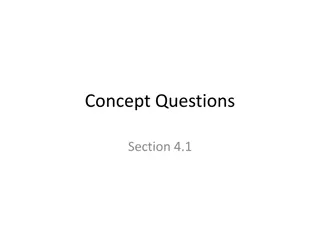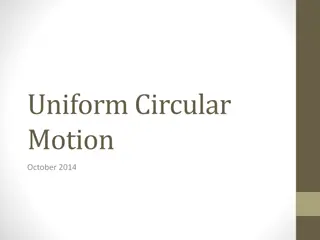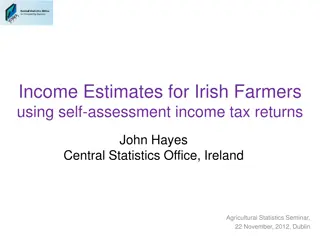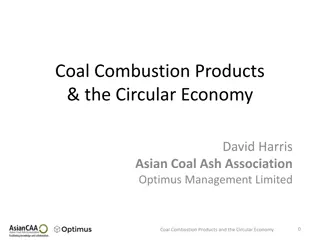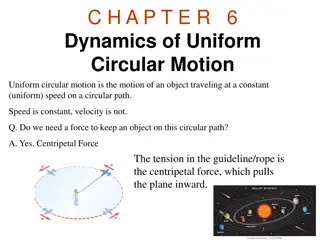The Circular Flow of Income
The circular flow of income is an essential concept in economics, illustrating the continuous movement of money and goods/services among different sectors of an economy. This flow consists of product flow (goods/services) and income flow (money), passing through phases of generation, distribution, and disposition. Through a series of interconnected activities involving production, exchange, and consumption, the circular flow of income provides a comprehensive view of how wealth circulates within an economy. Understanding this concept is crucial for grasping the dynamics of economic systems.
Download Presentation

Please find below an Image/Link to download the presentation.
The content on the website is provided AS IS for your information and personal use only. It may not be sold, licensed, or shared on other websites without obtaining consent from the author.If you encounter any issues during the download, it is possible that the publisher has removed the file from their server.
You are allowed to download the files provided on this website for personal or commercial use, subject to the condition that they are used lawfully. All files are the property of their respective owners.
The content on the website is provided AS IS for your information and personal use only. It may not be sold, licensed, or shared on other websites without obtaining consent from the author.
E N D
Presentation Transcript
Circular Flow of Circular Flow of Income Income
Circular Flow of Income An economy is an integrated system of production, exchange and consumption. In carrying out these activities, people buy and sell goods and services. Income generated in the production process flows in a circular manner. It is circular because there is no beginning or an end. Circular flow of income refers to the flow of money income or the flow of goods and services across different sectors of an economy in a circular form.
Phases of Circular Flow of Income Phases of Circular Flow of Income The three different phases in a circular flow of income are Generation,Distribution,and Disposition. 1. Generation Phase- The first phase of the circular flow of income is Generation Phase. In this phase, the firms produce goods and services by taking the help of the factor services. 2. Distribution Phase- The second phase of the circular flow of income is the Distribution Phase. In this phase, factor incomes such as wages, rent, interest, and profit flow from firms to the households. 3. Disposition Phase- The last phase of the circular flow of income is the Disposition Phase.In this phase,the income received by the factors of production is spent on the goods and services produced by the firms.
Hence, through the different phases of the circular flow of income, the income generated in production units of an economy reaches back to the production units and completes the circular flow.
There are two types of circular flow:- i. Product flow- It is also known as output flow or real flow. It refers to the flow of factor services and the flow of goods and services.It consist of: a.Factor flow- Flow of factor services b.Product flow- Flow of goods and services
There are two types of circular flow:- ii. Income flow- It is also called money flow. In a monetized economy, the flow of factor services generates money flows in the form of factor payments which take the form of income flow. The expenditure on goods and services take the form of expenditure flow. Both income and expenditure flows move in a circular manner in an opposite direction. Money flow from hand to hand in much the same way as water flows through a pipe or electricity through a circuit.
Significance of Circular Flow Circular flow of income is important due to the following reasons: A. Knowledge of interdependence- Circular flow models help to understand interdependence between different factors of economy. For example, it tells the interdependence between producers and households. B. Size of national income- The magnitude of circular flow determines the size of national income. More the magnitude, more is the national income and the vice versa. C. Level of Economic activities- Circular flow, through its information on various macro variables, tells us about the level of economic activities in an economy. D. Injections and leakages- Circular flow gives us information on injections like investment,government spending,exports and leakages like savings,tax and imports.
